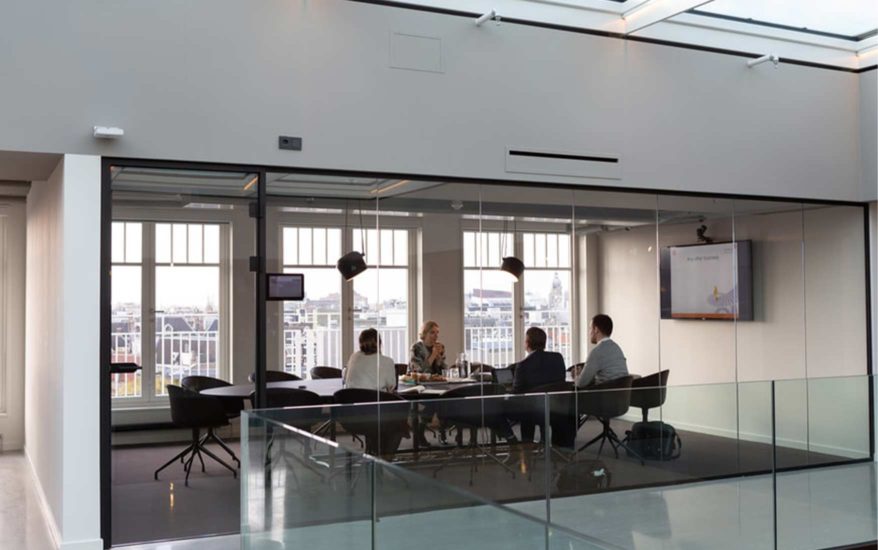
Organising and operating meeting room services is an integral, but often overlooked part of facilities management. With businesses keen to make an excellent first impression, meeting room services are a key way to impress visitors and clients. They are also an unexpected way of helping to maintain good relationships and positivity amongst employees and your facilities management team – by meeting and succeeding expectations, your colleagues’ working lives are made easier.
However, managing meeting room services (and pleasing everyone who uses them), is not always easy. With multiple meeting rooms to look after, plus various needs and requests for each, strong-yet-simple strategies are needed to make the management process as efficient as possible.
Meeting Room Booking & Services
Starting with the basics is always a good idea. When it comes to meeting room services, there is more than just booking meeting room space – catering services, technology set-up and any additional services need to be considered, too. Managing all these services via one single solution, such as meeting room management software, is key to maintaining a smooth service. The most effective room booking solution is one that is customisable, allowing you to add different catering menu options or technology requests.
Your next consideration needs to be the employees or teams who will be delivering these services. Ensuring they are aware of the guidelines for using room-booking technology, and can easily and accurately view what needs to be delivered to each meeting room, and when, is imperative for a competent outcome.
Prioritising Your Services
It is also important to manage employees’ expectations. In some businesses, meeting rooms may be booked, or more usually are unofficially ‘grabbed’ at the last minute, which is probably fine if no-one else is planning on using them. However, it is important that expectations surrounding these last-minute bookings are set.
Consider introducing deadlines for the booking of catering services, for example, or setting realistic timeframes for each catering option. Ensure all facilities management staff are both aware of and enforcing these deadlines, so that everyone is on the same page.
Giving Your Spaces Purpose
Finally, look at which meeting rooms are used the most and for what purpose, and apply specific services or requests to each. For example, perhaps the smaller meeting rooms in your office are only used for internal meetings between lower-level staff, and as such, they don’t need to have the entire catering menu available as a booking option.
While it is probably wise to offer the same technology throughout all meeting rooms, so that no one meeting room is favoured over others, you should consider how much tech each meeting room might need – for example, larger meeting rooms might need larger screens, and possibly more of them.
By both surveying employees and paying attention to which services are most regularly booked, appropriate allocation of services can be an effective shortcut to utilising your space productively.



